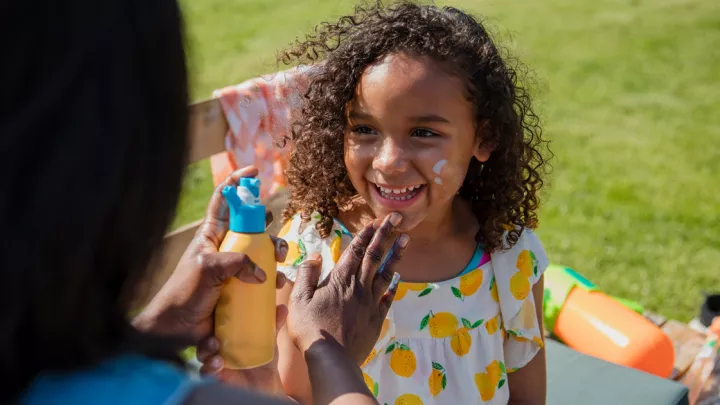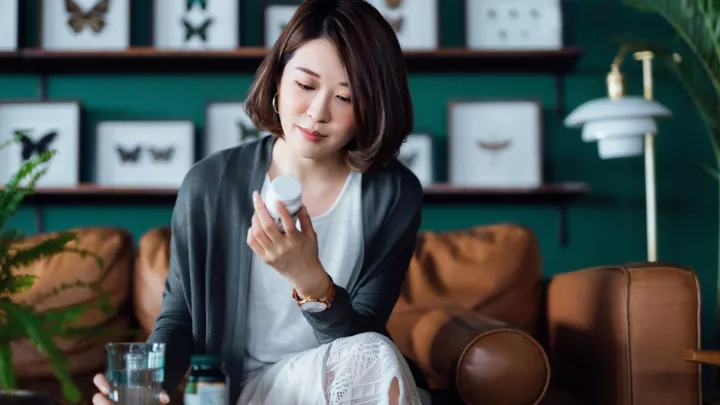Spray tan and self tanner: Is there a safe way to tan?

A sun-kissed tan gives the appearance a lot of people desire, but is there a safe way to go about it without harming your skin?
Nearly 1 in 5 Americans will develop skin cancer in their lifetime, and ultraviolet light from the sun increases that risk. Indoor tanning beds also emit harmful UV radiation, contributing to more than 400,000 cases of skin cancer in the U.S. each year. Aside from serious health risks, we also know that tanning – indoors or outdoors – increases signs of aging.
As an alternative, the American Academy of Dermatology recommends self-tanning products that contain dihydroxyacetone, also known as DHA, an FDA-approved color additive that creates a brownish tint when applied to the skin. However, the FDA has not yet approved DHA-containing aerosols, such as airbrush or spray tans, and the jury's still out on whether any sunless tanning products are safe to use during pregnancy.
"We really don't know enough about the effects of tanning aerosols and sprays to areas like the eyes, lips or mucous membranes, or internally through the nose and mouth," says Lauri Vargo, MD, Nebraska Medicine dermatologist. "For those who still want that tan appearance, self-tanning creams or lotions are the only FDA-approved alternatives."
At the end of the day, Dr. Vargo says there is really no safe way to tan – but you can still stay sun safe, even when you are outdoors.
"As a dermatologist and someone whose dad passed away from melanoma, I can honestly say there is no safe way to go about tanning," she says. "Of course, we also know that people have to live their lives, and staying smart about the sun when you are out is key."
The following steps can help you stay safe in the sun this summer:
Limit your time in the sun
Ultimately, the best option is to seek shade as much as possible, particularly between 10 a.m. and 2 p.m. when the sun's rays are the strongest. A good rule of thumb to follow is: If your shadow is shorter than you are, it's best to find some shade.
Apply sunscreen liberally
Most medical professionals and organizations like the American Cancer Society and the American Academy of Dermatology agree that sunscreen is your best defense against skin cancer. In particular, you should look for "broad-spectrum," mineral-based sunscreens that are water-resistant and have a sun protection factor of 30 or higher. It's also important to remember that high SPFs last the same amount of time as low SPFs. A high-number SPF does not allow you to spend more time outdoors without reapplication. Sunscreens should be reapplied approximately every two hours, even on cloudy days, and after swimming or sweating. You'll likely need about one ounce – or enough to fill a shot glass – to fully cover your entire body.
Invest in protective apparel
Wide-brimmed hats and ultraviolet protection factor clothing can help defend you from the sun's rays. Like sunscreen, UPF clothing comes with a number rating. A UPF rating of 30 indicates the fabric will allow 1/30th (approximately 3%) of available UV radiation to pass through it. A garment rated UPF 50 permits only 1/50th (approximately 2%) UV transmission. Any fabric that allows less than 2% UV transmission is labeled UPF 50+. Additionally, darker fabrics typically provide more UV protection than lighter ones.
Make a dermatology appointment at 800.922.0000.







